I remember when I first met Mike Boyle back in the fall of 2005. Eric Cressey and I drove to New Haven, CT to meet up with Alwyn Cosgrove who was in town speaking at some conference that weekend. Having been following Alwyn for a few years up to that point, I was pretty excited to finally meet him in person, shake his hand, and introduce myself.
Funnily enough, I had just started getting my name out there with a few articles I had written (I think I had like three or four making their way around the internet. Don’t look for them. They suck.), and as it happened, during that time I was OBSESSED with the show Alias, and subsequently it’s star, Jennifer Garner.
One of my “trademarks” with every article I wrote back then was to somehow incorporate a picture of Jennifer\ Garner in all of her Jennifer Garnerness.
Yeah, I was cool like that.
Keep that in your back pocket. It will all make sense in a minute.
Anyways, Eric and I walk into the pub (I know weird: Alwyn Cosgrove in a pub of all places) to meet up with the man himself. Now, mind you, I had never met Alwyn in person and he was kind of a big deal, even back then. I was just a teeny, tiny bit nervous.
We walk in and Alwyn was standing there with two other people. One a strikingly attractive blonde woman, and the other, some bald dude with glasses.
I shook Alwyn’s hand and introduced myself as Tony Gentilcore.
Alwyn looked at me inquisitively, like he recognized my name, tilted his head and said, “aren’t you the guy who’s like obsessed with Jennifer Garner?”
My first thought was, “holy shit, Alwyn Cosgrove has read some of my articles!!!!!”
He then pointed to the blonde woman and said, “this is Valerie Waters, Jennifer’s trainer.” My jaw dropped.
Alwyn then turned to me, right in front of Valerie, and said: “just an FYI:, you’ll never, ever, ever, never, ever have a shot in hell with Jennifer Garner.”
HAHAHAHAHAHAHAHAHA.
And that’s how I met Alwyn Cosgrove.
Oh, and about that other guy who was standing there. The bald guy with glasses? That was Mike Boyle.
I’m embarrassed to say that at the time, I had no idea who he was. Epic fail on my part, I know. What can I say? I was wet underneath the ears, and didn’t know any better.
On the way home, Eric quickly pointed out that Mike was also kind of a big deal. Suffice it to say, later on, I looked him up, ordered his book Functional Training for Sport…………..and the rest, as they say, is history.

In the years since, like many other fitness professionals out there, Mike has been a huge influence on me as a coach (and as a person). I’ve read just about everything he’s ever written, watched every DVD he’s produced, and I’ve listened to him speak countless times. And no matter what: I ALWAYS learn something that makes me better.
That said, with the release of Functional Strength Coach 4.0, I thought I’d pay homage to someone who’s undoubtedly been a huge mentor to me. Of course, trying to narrow this list down to a select few nuggets of awesome is like trying to narrow down all the reasons why I love Star Wars, boxed cereal, or even the smell of gasoline (don’t judge).
Regardless, I’m going to give it a go anyways.
No one cares how much you know, until they know how much you care
Coach Boyle is the king of one-liner knowledge bombs, and this one pretty much takes the cake.
When I first started out this industry, I made it my mission to demonstrate to potential clients how smart I was. To do so, my objective was to prove to each and every one of them why what they were doing was completely wrong, and why I was right.
Me, me, me, and me. You’re wrong, I’m right. End of story.
I’d go into detail on why scapulohumeral rhythm was effecting their shoulder; why preventing shear load on the spine was important; and maybe even go as far as to say how lack of pinky-toe dorsiflexion was effecting their gait.
Wanna know what happened? I lost clients. They didn’t give a rats ass how much I knew, because I didn’t make a concerted effort to LISTEN TO THEM and to show them that I actually cared about them as a human being.
Ask your clients how their day was. Ask then how their kids are doing in their respective sports. Send them articles you read that you feel applies to them and their specific needs (this is huge!), send them a “Happy B-day” message on Facebook, send them an email to touch base when they haven’t been in to train in a while.
Once you demonstrate that you actually care, you’ll have clients for life.
That Joint by Joint “Thing”
I’d argue that no one concept as infiltrated the industry – and revolutionized it – more so in the past 5-10 years than the Joint-by-Joint Approach to Training popularized by both Coach Boyle and Gray Cook.
Stated simply: some joints generally need to be trained with stability in mind (knee, lumbar spine, etc), while conversely some joints generally need to be trained with mobility in mind (ankle, hips, t-spine, etc).
While straightforward in nature – that the body is just a stack of joints – it’s important because it feeds very well into many of the imbalances and dysfunctions that we see in our athletes and clients and how we’ll go about addressing (and correcting) those issues.
As Boyle notes himself: “I think the injuries we see and technical problems we encounter with many lifters relate closely to proper joint function or more appropriately to joint dysfunction.”
Take the knee for example. Almost always, whenever someone walks in with a history of chronic knee pain, I will undoubtedly look at both the ankle and hip region first. When we lack ankle dorsiflexion, and likewise, have hips that require a crowbar to un-glue – both joints that require mobility – the knee(s) are going to be like “WTF.” Definitely not an ideal scenario for a joint that wants to be stable.
In short: when we lack gross mobility in one particular area, the body is going to seek it elsewhere – oftentimes resulting in an ouchie.
Moreover, it forces people to think of the body as more of a kinetic component, rather than JUST individual “muscles.”
The Joint-by-Joint approach – while not absolute – has definitely help pave the way for how we as professionals approach program design, as well as address many postural issues and asymmetries.
I know it’s helped me tremendously.
Integrity
I had the opportunity to hear Martin Rooney speak a few years ago. He talked briefly about integrity, and how many of us in the fitness industry have no clue what that entails.
To prove his point, he told a quick story involving a wise man, a little boy, and his mother. (Stick with me here, I promise this isn’t some cheesy joke.)
“I can’t get my little boy to stop eating sugar,” the mother said to the wise man. “Please help me.”
“Come back and see me in two weeks,” the wise man said.
With a quizzical look on her face, the mother reluctantly walked away. Two weeks later, she brought her son to see the wise man.
“Stop eating sugar,” he said to the little boy.
“Why did we have to wait two weeks for that?”
“Because,” the wise man said, “I myself had to stop eating sugar.”
That’s integrity. You can’t ask your clients to follow your advice if you don’t follow it yourself.
A few years ago Mike made a splash in the industry when he noted that he no longer includes (bilateral) squats in his programming.
I was there, in the flesh, while he was filming Functional Strength Coach 3.0, when he said that he was contemplating omitting squats, entirely, from his programs. All I could think about when he said that was……..Oh no he didn’t!?!?!
The seemingly apocalyptic tenor that followed, from strength coaches, personal trainers, and various other fitness professionals alike was almost deafening.
How could Mike state something so ludicrous! So insane! No squats? Like, ever? What’s next…….kicking a baby seal in the face?
The thing is: he backed it up with a clear, concise, and rationale explanation as to why he was doing it. What’s more, his athletes still got bigger, faster, and stronger……with minimal games missed due to injury.
You can’t really argue with that.
Did I agree about the whole not squatting thing? Not necessarily. But I have to respect his integrity and the fact that he stuck to his guns and proved many naysayers wrong.
I know a lot of professionals who write e-books, yet don’t even follow their own advice. Heck, I know some trainers who train people but don’t even workout themselves! Some don’t even have any clients!
I can’t fault anyone for wanting to make money, but when one’s integrity is compromised, is it really worth it?
While I could sit here and come up with 101 more ways why Mike Boyle has been such an influence on me, I think those are three that stand out the most.
If you’ve never read or watched anything from Mike – or even if you have – I’d highly recommend checking out Functional Strength Coach 4.0, which is Mike’s latest installment in his on-going FSC series. It’s over TEN hours of his most recent thoughts and opinions on programming, facility design, and professional development, to name a few.
In all, it’s an inside look at what he’s doing – TODAY – with his own athletes and clients. If you’re a personal trainer or strength coach, or just someone who likes to lift heavy things, this would be an excellent addition to your S&C library.
NOTE: Coach Boyle has offered to host a live online ‘no holds barred’ Q&A for *everyone*
who purchases FSC4 by Friday April 27. If you’re the kind of coach who is always learning then you probably don’t need the extra motivation, but it’s still a nice addition to an excellent program!

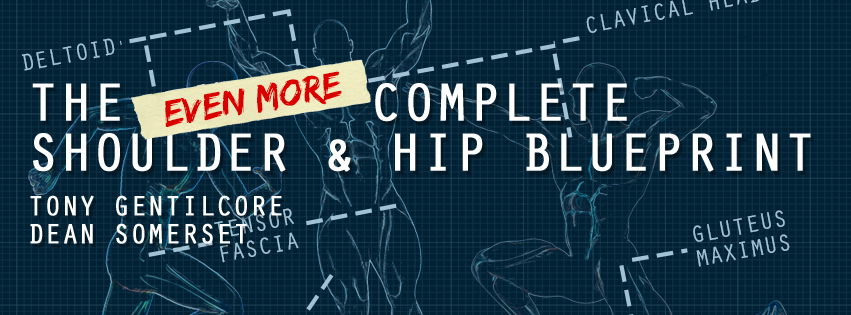

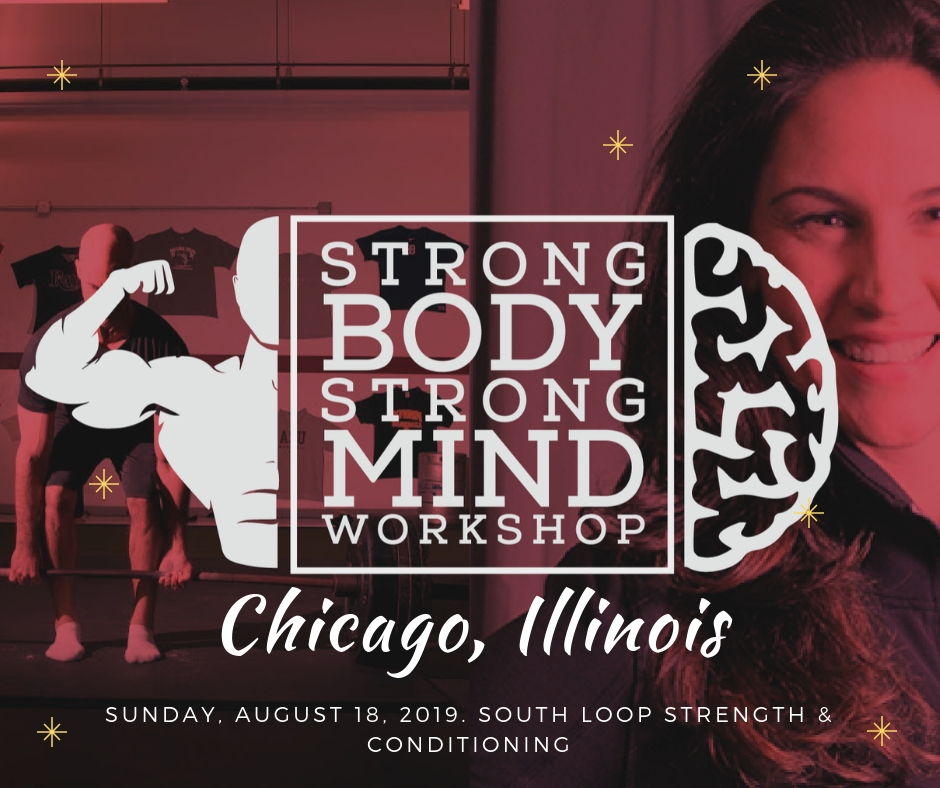
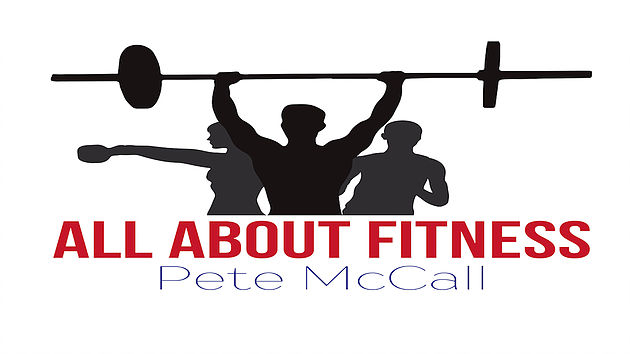
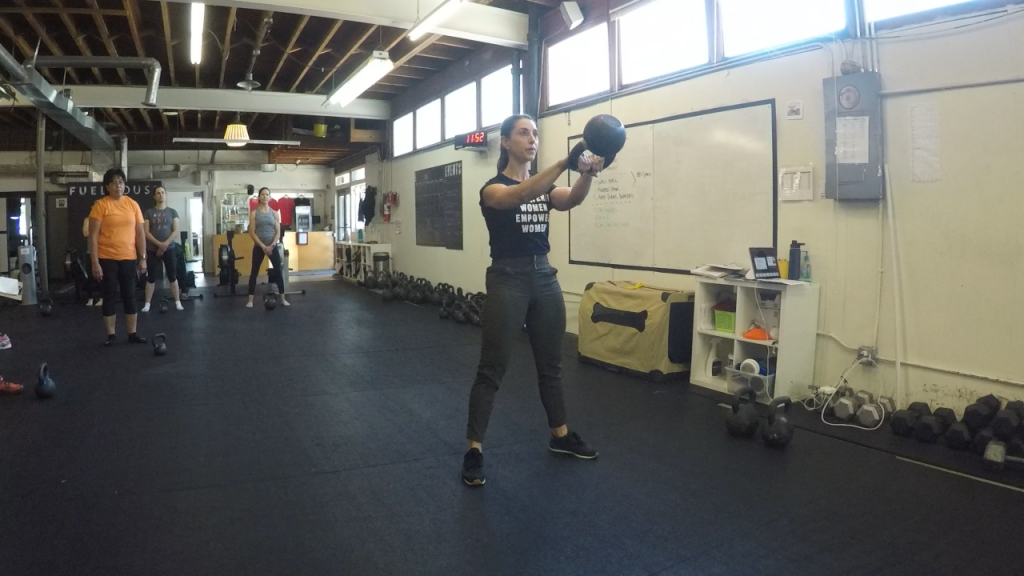
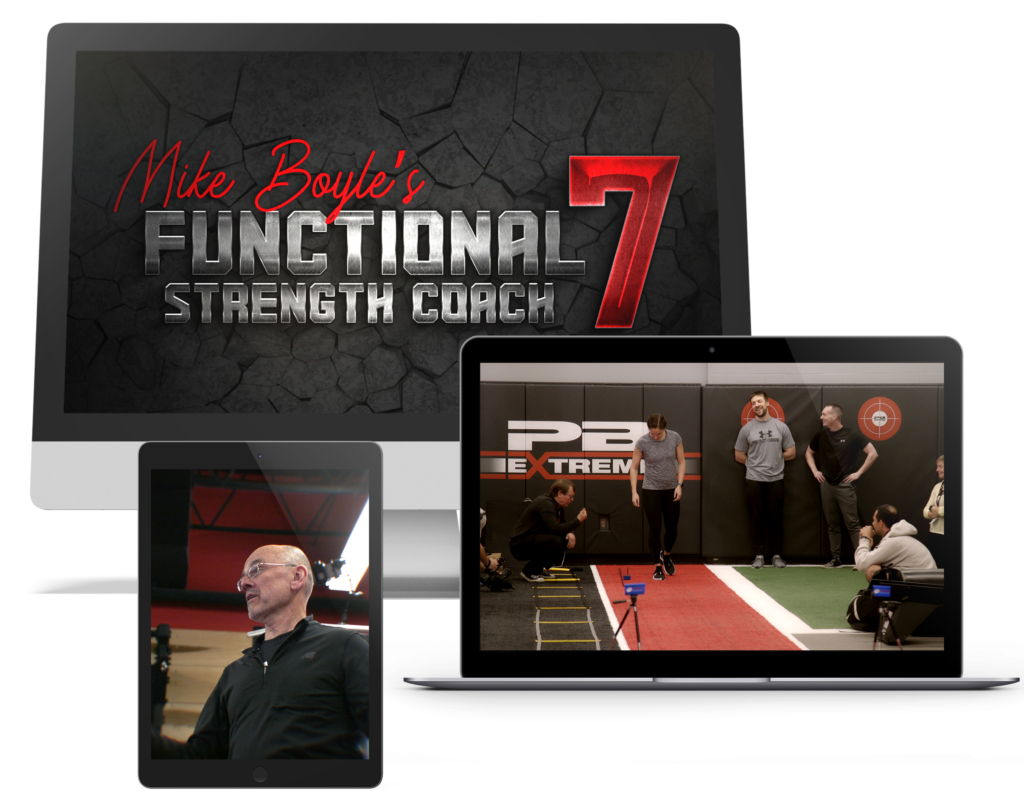
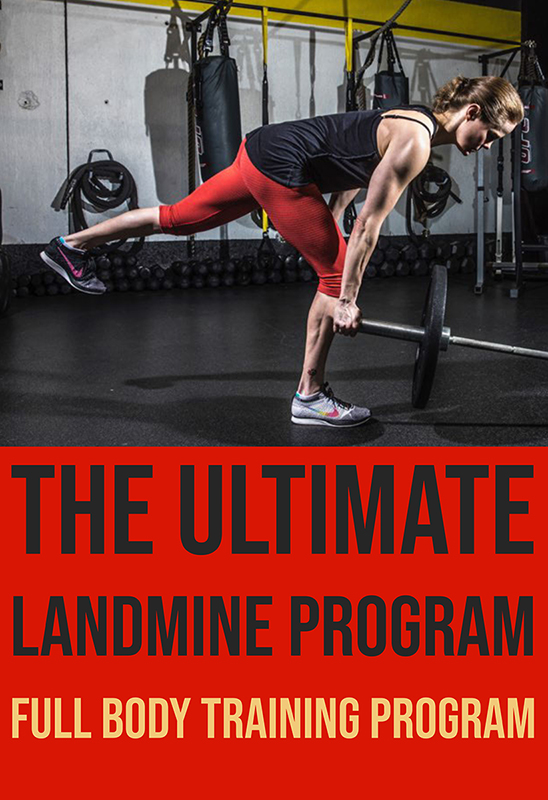


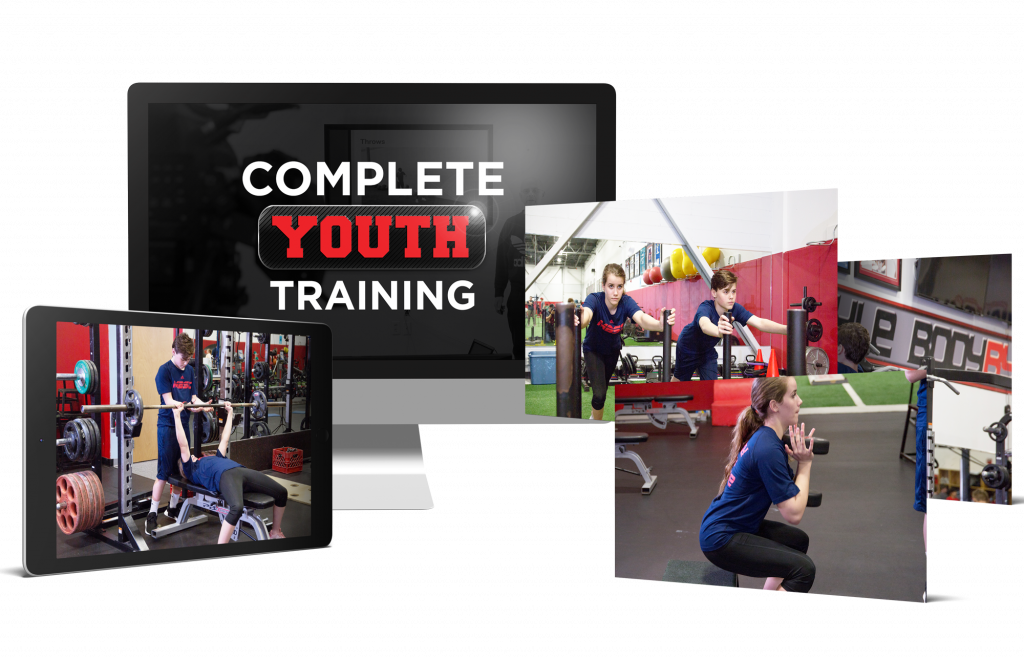
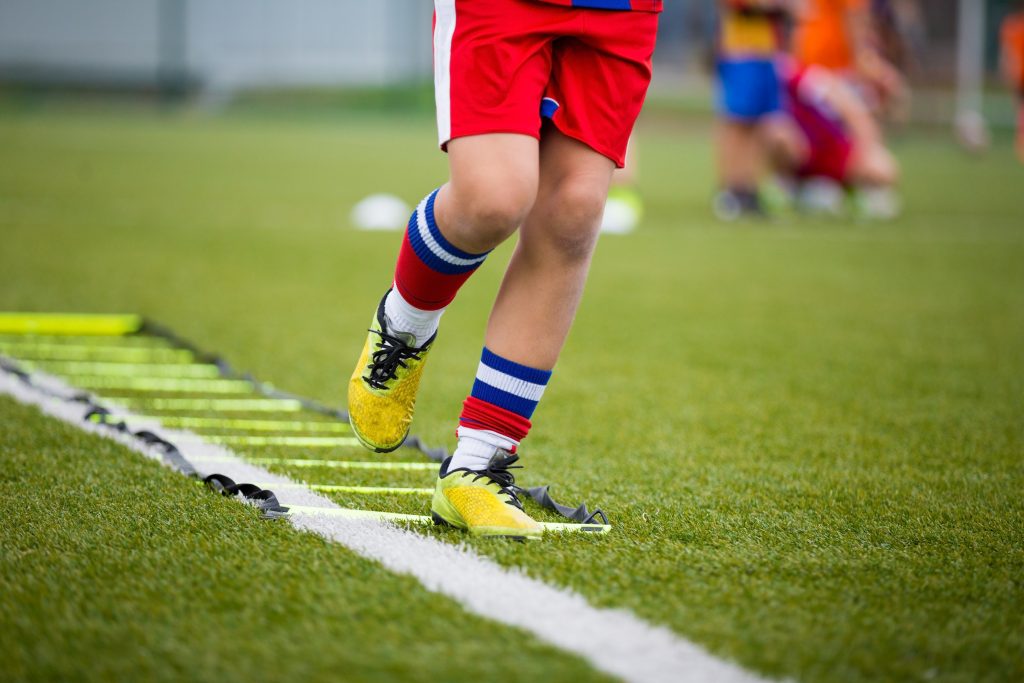
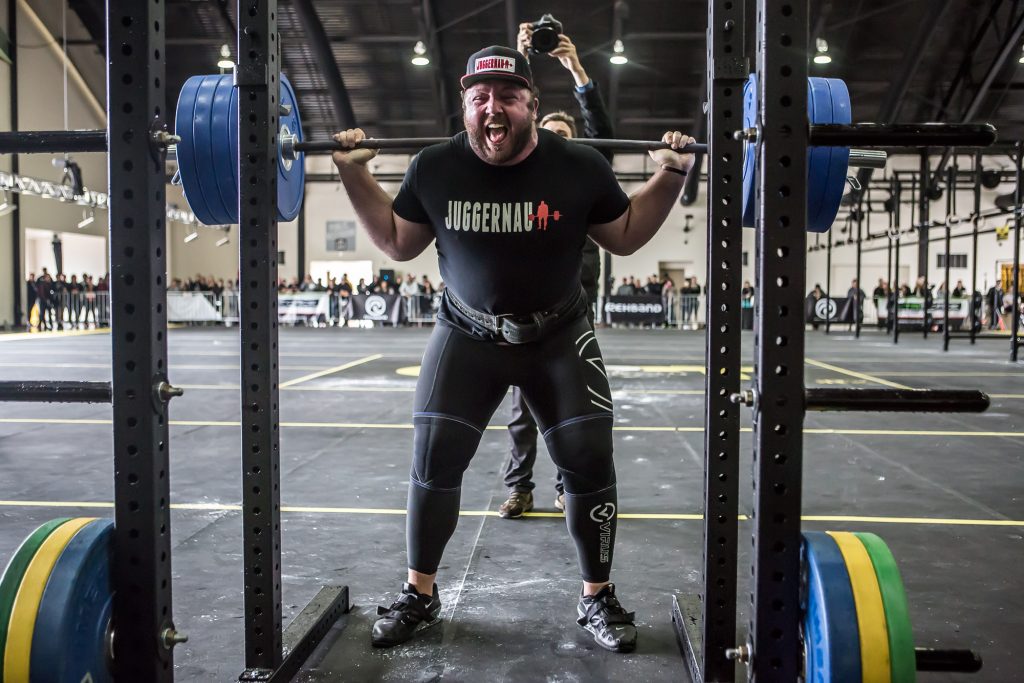





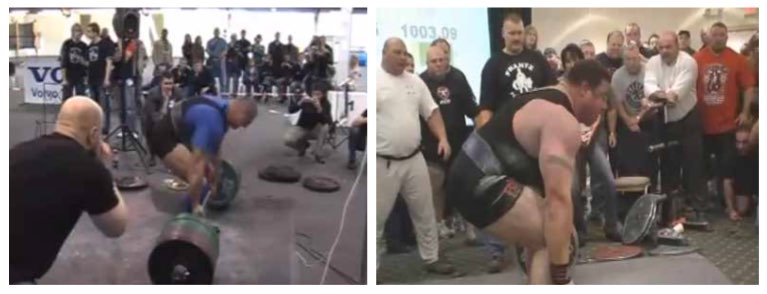


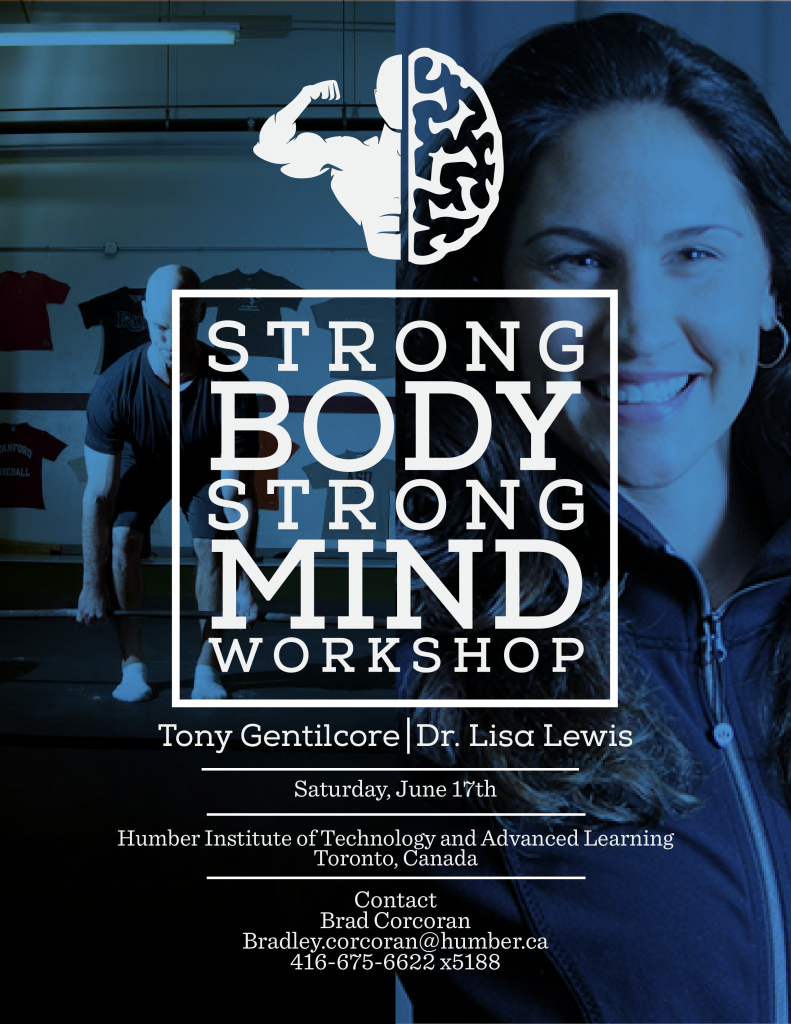


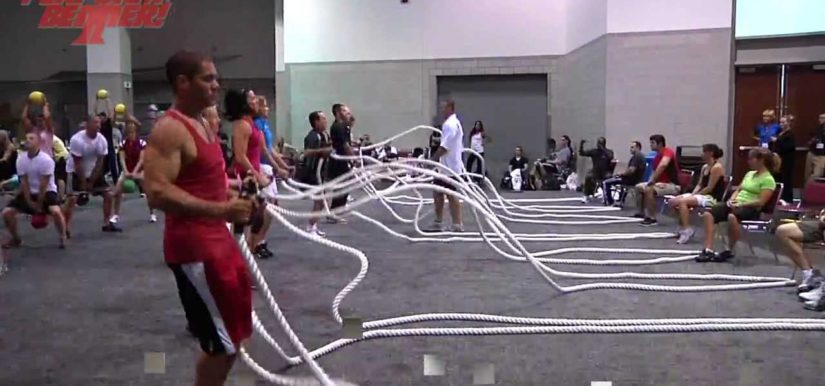

.jpg)


